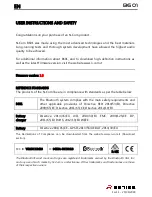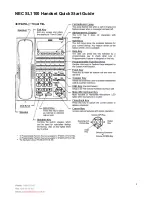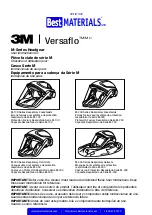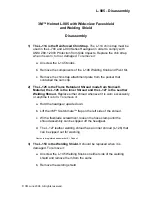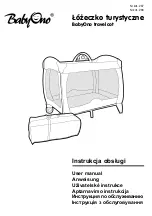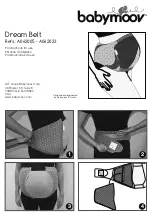
9
Design-in Guide - EasyAir SNS300
April 2019
Photocell
Window
h
Windowsill
field of view
(= 0.7 x h)
Field of view
Y (cm)
H (cm)
100
230
210
190
170
150
130
110
90
70
50
120 140 160 180 200 220 240 260 280
Light sensor
The light sensor is a photo diode that reads average
light level captured under an angle of approximately
40°. The intensity of the illuminance depends on the
amount of artificial and/or natural light supplied in the
office, as well as how this light is reflected toward
the ceiling/sensor. SNS300 sends the illuminance
signal to the gateway and the network lighting control
system controls the light accordingly.
The sensor should be installed with a minimum
distance of 0.6m to the window to avoid the sensor
looking outside. When the sensor is mounted too
close to the window it will look partly outside. Sun
reflection from cars or snow can reflect directly into
the sensor. The sensor will then measure such high
illumination levels that it will drive the artificial light to
its minimal level or even switch off the artificial lights.
The optimum distance [Y] from the window to EasyAir
SNS300 can be obtained from Figure 4. This graph
shows the relation between the distance from the
window to the sensor [Y] and the height [H] of the
sensor (H, height of the sensor measured from ceiling
to bottom of window sill).
LED indicator
The product contains an LED indicator to help
comply with California Title 20 requirements. The
LED indicator is enabled by default. The behavior of
the LED is as follows:
Yellow LED on: vacancy & light sensor are functional.
Red LED on: motion is detected and hold time is not
expired yet.
Lighting control
Calibration and lighting control is done by the
coordinating network system.
Figure 3. Sensor placement.
Figure 4. Sensor mounting height from window sill (Y) vs.
sensor horizontal distance from window sill (H).
August, 2019























